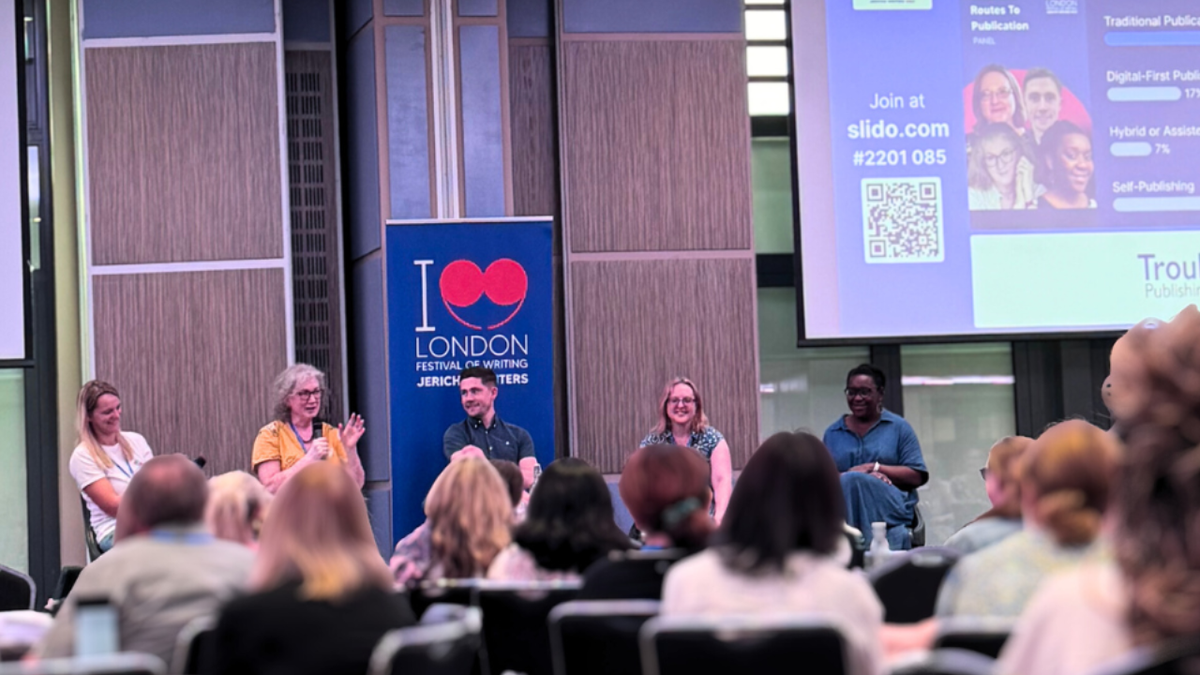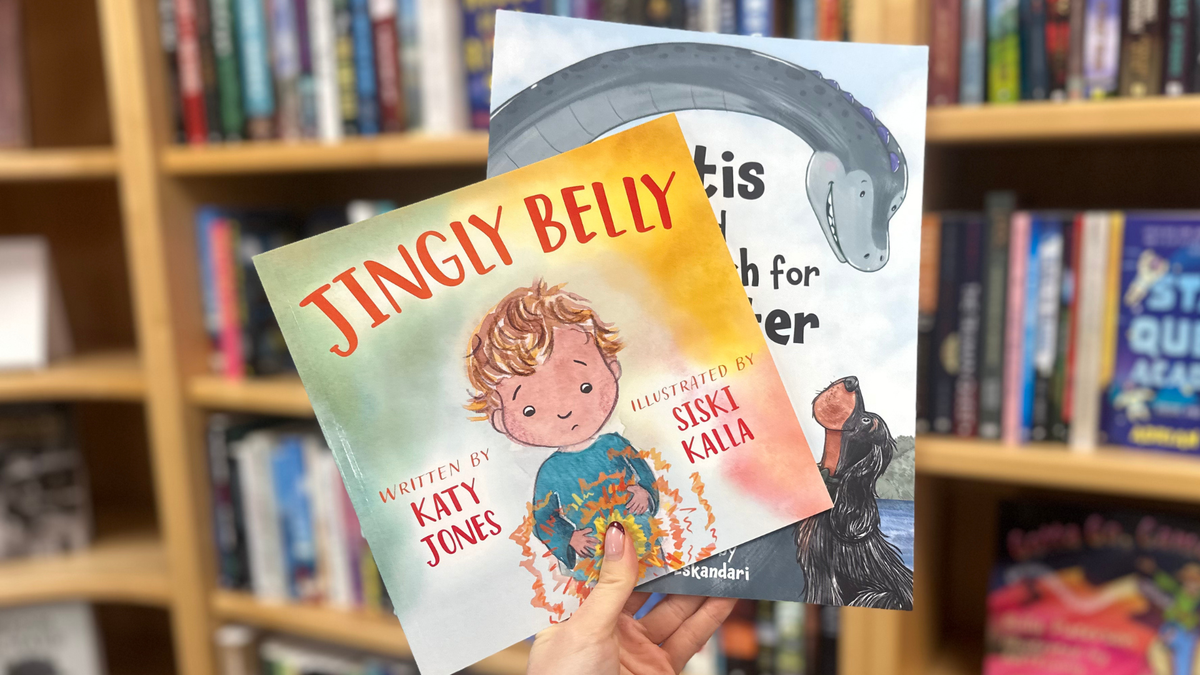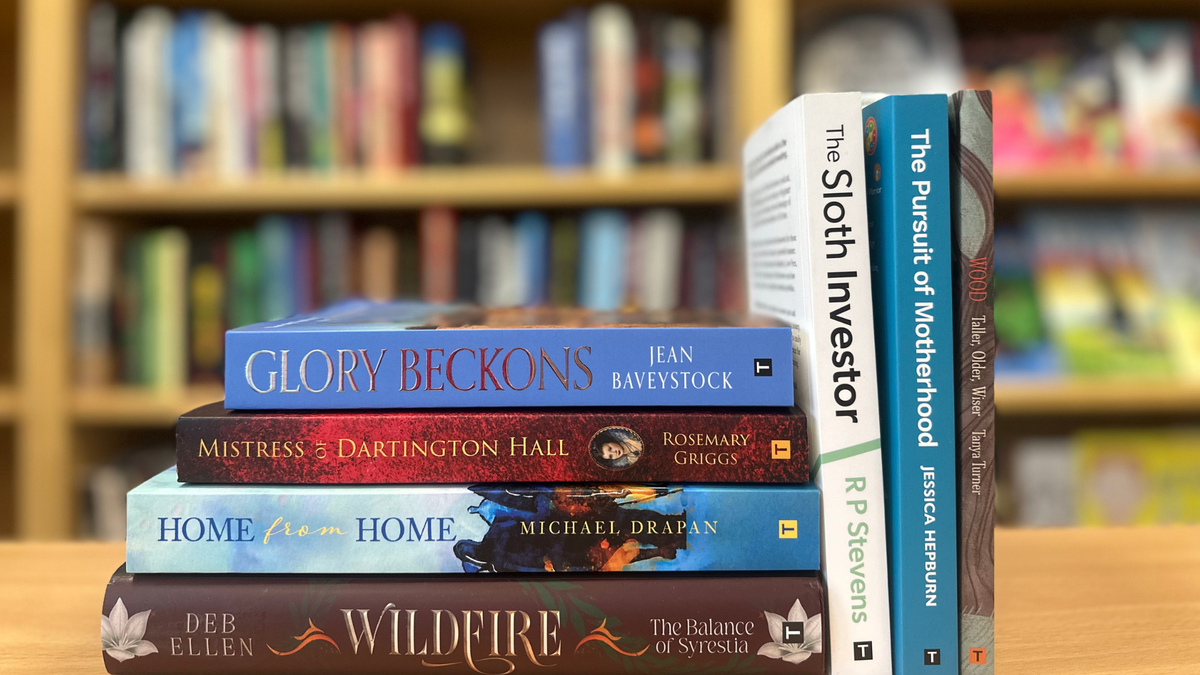
24th May, 2023
6 min read
Top Tips for Working with a Children’s Book Illustrator
Written by:
Hannah Cather
Creating a successful working relationship with a children’s book illustrator is an art in itself… here’s how to do it! Creating a children’s book is, literally, creating a work of art. They’re one of only a few book genres where the illustrations work just as hard as the text, sometimes harder, so it’s crucial to get them spot-on. But the world of illustrators can be a minefield – there are lots of incredible ones out there, and some very bad ones – so follow these tips to ensure the process is as smooth as possible.
Finding a children’s book illustrator
First things first, decide on your budget. See this as final and don’t stray from it. There are many talented children’s book illustrators offering a whole range of prices; the ones asking for the most money don’t always offer the best service or the best work. Take a good look around; you’ll find one that suits your work and doesn’t price you out before you’ve started. A good place to start looking is an illustration agency, but one that’s specifically for children’s book illustrators. Work with the agent and listen to their advice; they know the artists on their books like the backs of their hands, so are perfect for recommendations. View portfolios – many of them – with an open mind and spread your net wide. The Society of Children’s Book Writers and Illustrators is a great resource for finding the right illustrator, as well as offering tips for the journey. Don’t forget artists out in the wild, too. Do a quick internet and social media search for independent illustrators and get in touch. This can be a fun experience, and the directness of the exchange, is so beneficial. However, you find your artist, request a sample sketch or two – but don’t expect to pay for it. Time is money. Because of this, be strict about who you get samples from, and be pretty certain that you’d be happy to take them on, otherwise, it’s a waste of everyone’s time.
Write a strong brief
It’s so exhilarating when you find the right children’s book illustrator – and the best way to start your working relationship, other than saying hello, is sending over a strong brief. It grounds the project and will be an essential point of reference for you both. A ‘brief’ checklist:
- Include a short description of your vision and the story behind the story – it might ignite an idea or inspiration for the art.
- Provide a breakdown of the required art for each spread. How does the scene look? Where will the characters be positioned? Any incidental details?
- Define your target age group. What engages a ten-year-old differs wildly from a toddler.
- Make your timeline concrete – it’s fine to allow for a few days’ flexibility (for everyone) if needed, but setting checkpoints along the way are a must.
- Send the full manuscript. It’s useful for the artist to know the full story, so they see the book as a whole rather than separate scenes. Know the terminology – for example, full bleed = art going over the page margins; DPS = double page spread; vignettes = smaller pieces of art that provide a snapshot.
- Send a template! This shows how much space the illustrator has to work with. Always mark out where text will be going, so this can be incorporated into the artwork. You shouldn’t be wrestling with this after the art is complete.
Strike a balance between your needs and the illustrator’s ideas
You will likely have a set idea of how you’d like the book to look – this is your story, your dream, your vision. However, finding the perfect balance between stating what you want and allowing your children’s book illustrator creative freedom is essential. Trust them and welcome their suggestions, changes and ideas. They are artists, after all, and have a good eye for such things. A fresh perspective on a vision that’s lived in your head for some time might very well provide fantastic additions that you never could have imagined. Similarly, when artwork is returned for approval, don’t be shy about saying what you really think. Strike the right balance: you are allowed to critique, just make sure to do it in the right way. Any feedback should be constructive, clear, respectful.
Be in constant communication
As with most situations, communication is key. See the relationship between yourself and the illustrator as a constant, back-and-forth dialogue, not a one-off conversation. It’s not just a case of handing over the brief and hoping for the best. Be involved, be present and enjoy the process. This involvement also means you can keep an eye on everything. This will help with, for example, continuity checks, which can easily go amiss. It might be a detail as small as the amount of buttons that appear on the protagonist’s coat, the colour of an animal, or how many chimneys are on the cottage at the heart of the story. The devil is in the detail and your all-seeing eye will help to spot anything inconsistent or incongruent. Remember: the pictures are equal to the words In a children’s book, some might even argue more so! But certainly, recognising the importance of the illustrations and your children’s book illustrator is crucial. Your text guides the story, but the pictures are the first thing the reader sees. Through them, the story is brought to life, vibrantly and expertly. The pictures add so much to the story than just the words on the page – it’s ‘show, don’t tell’ in perfect practice.
Never forget it’s a collaboration, or that author and artist are on par. With this in mind, make sure not to crowd the illustrations with your words. Give the pictures plenty of room to breathe. If text needs to be cut down, don’t be too precious about it. You’ll likely find that fine-tuning the word count serves the book incredibly well. Finally, enjoy the process. It’s a magical thing to create a children’s book. It’s not a cliché to say that something small can make a huge impact. Who knows? Your book might end up sitting on someone’s shelf as a treasured item for years, or even handed down the generations as a nostalgic keepsake. Your words deserve a brilliant children’s book illustrator, one with which the process of bringing your story to life is collaborative, productive and just really, really fun. Enjoy! To learn more about how Troubador can help with publishing a children's book, please contact us.
Update January 2024:
As of January 2024 (and since this blog post was written), Troubador now has its very own illustration service, in which we are able to match authors to their perfect illustrator. Whether your book is a children’s picture book requiring full illustrations, or a piece of non-fiction that needs images at the start of each chapter, we have a portfolio of talented illustrators with a broad range of styles, ready to bring your book to life.
The process may seem confusing or overwhelming from the outside, or to someone who has never dealt with illustrators before, however we would be present at every step of the journey, helping with finding and commissioning the perfect illustrator, briefing them in full and overseeing the process of getting artwork to completion, so that you end up with beautiful illustrations that are ready for print, on which you retain all copyright.
Please do get in touch today if you’re looking for an illustrator – we’re excited to hear from you!











